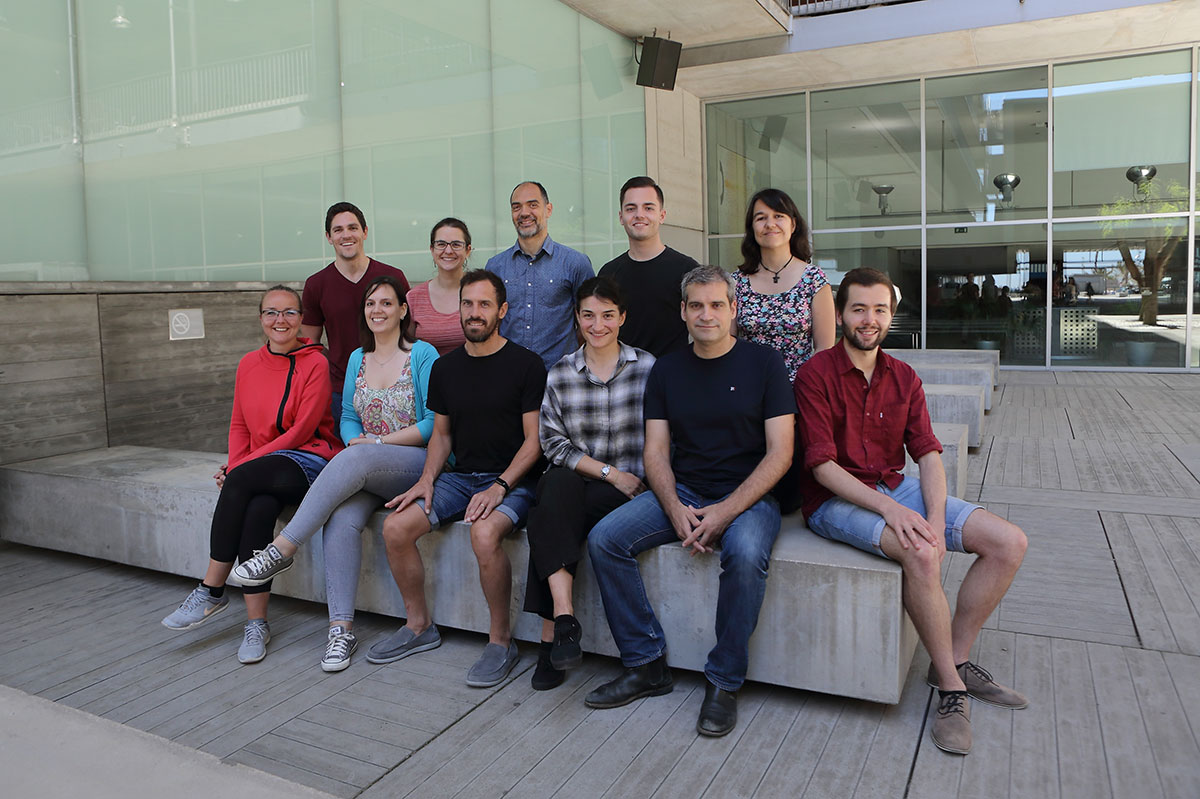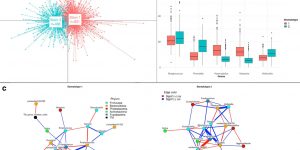Carreté L, Ksiezopolska E, Pegueroles C, Gómez-Molero E, Saus E, Iraola S, Loska D, Bader O. Fairhead. C. Gabaldón T.
“Patterns of genomic variation in the opportunistic pathogen Candida glabrata suggest the existence of mating and a secondary association with humans.”
Current Biology, 28(1):15-27.e7, 2018.
Willis JR, González-Torres P, Pittis AA, Bejarano LA, Cozzuto L, Andreu-Somavilla N, Alloza-Trabado M, Valentín A, Ksiezopolska E, Company C, Onywera H, Montfort M, Hermoso A, Iraola-Guzmán S, Saus E, Labeeuw A, Carolis C, Hecht J, Ponomarenko J, Gabaldón T.
“Citizen science charts two major “stomatotypes” in the oral microbiome of adolescents and reveals links with habits and drinking water composition.”
Microbiome, 6(1):218, doi: 10.1186/s40168-018-0592-3,2018.
Saus E, Willis JR, Pryszcz LP, Hafez A, Llorens C, Himmelbauer H, Gabaldón T.
“nextPARS: parallel probing of RNA structures in Illumina.”
RNA, 24(4):609-619, doi: 10.1261/rna.063073.117, 2018.
Julca I, Marcet-Houben M, Vargas P, Gabaldón T.
“Phylogenomics of the olive tree (Olea europaea) reveals the relative contribution of ancient allo- and autopolyploidization events.”
BMC Biol, 16(1):15, 2018.
Ropars J, Maufrais C, Diogo D, Marcet-Houben M, Perin A, Sertour N, Mosca K, Permal E, Laval G, Bouchier C, Ma L, Schwartz K, Voelz K, May RC, Poulain J, Battail C, Wincker P, Borman AM, Chowdhary A, Fan S, Kim SH, Le Pape P, Romeo O, Shin JH, Gabaldon T, Sherlock G, Bougnoux ME, d’Enfert C.
“Gene flow contributes to diversification of the major fungal pathogen Candida albicans.”
Nat Commun, 9(1):2253, 2018.

